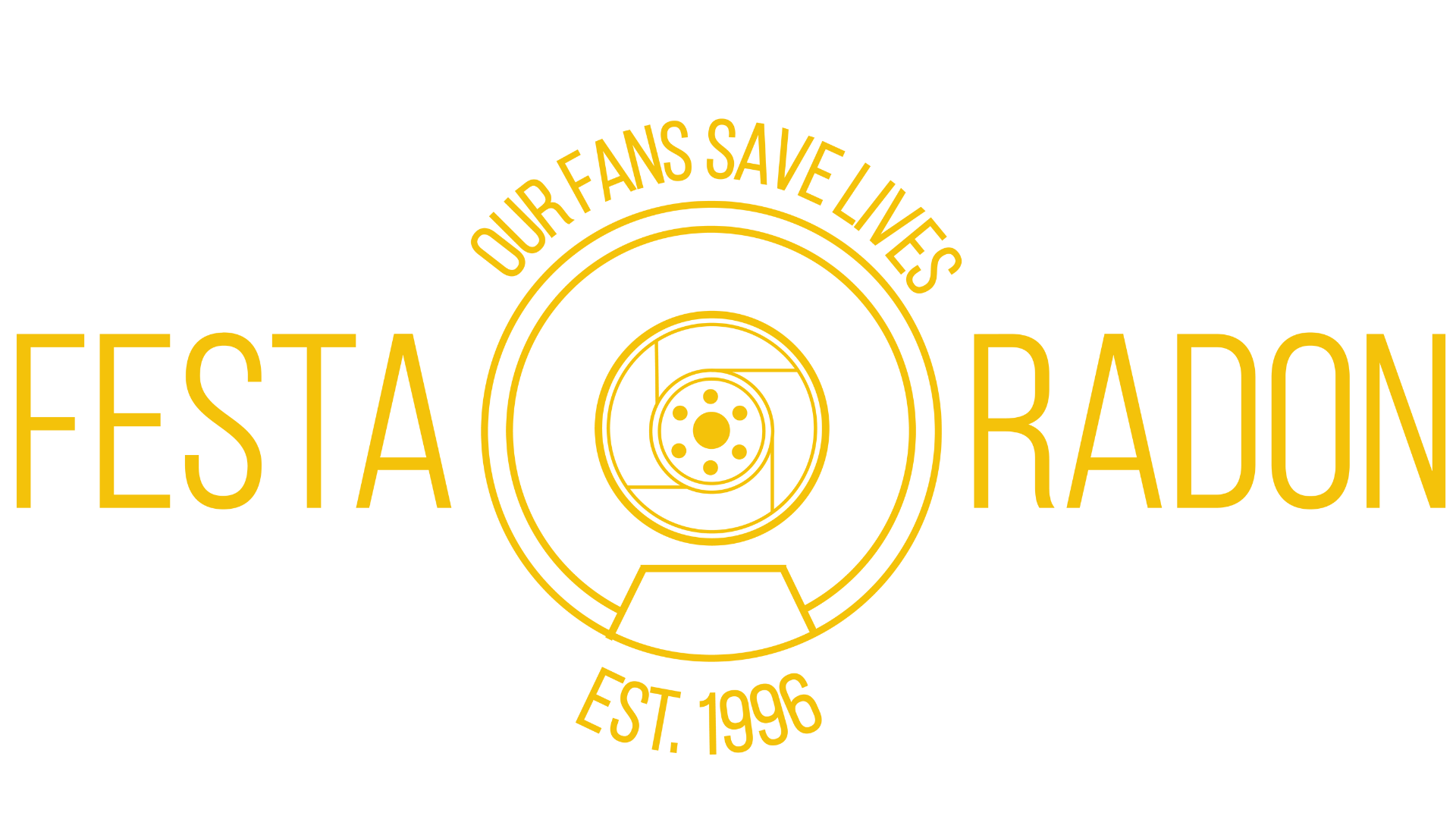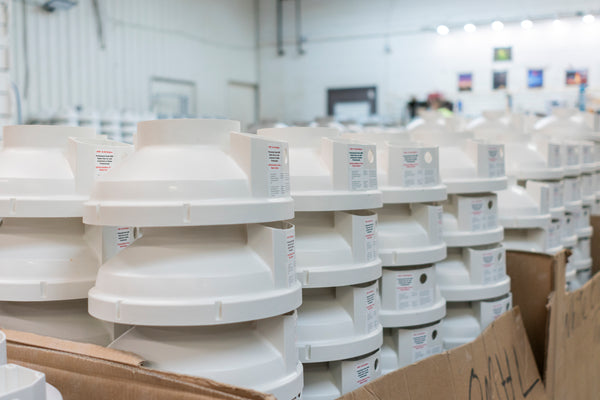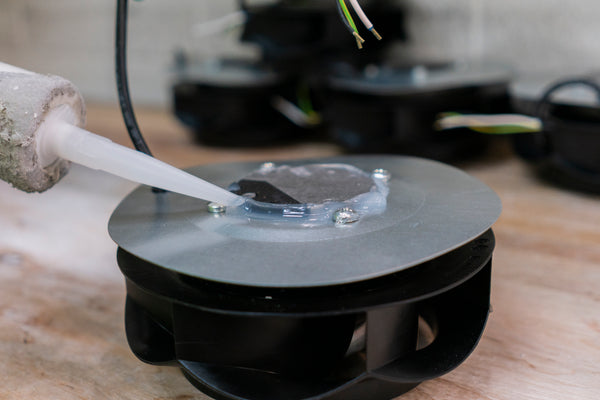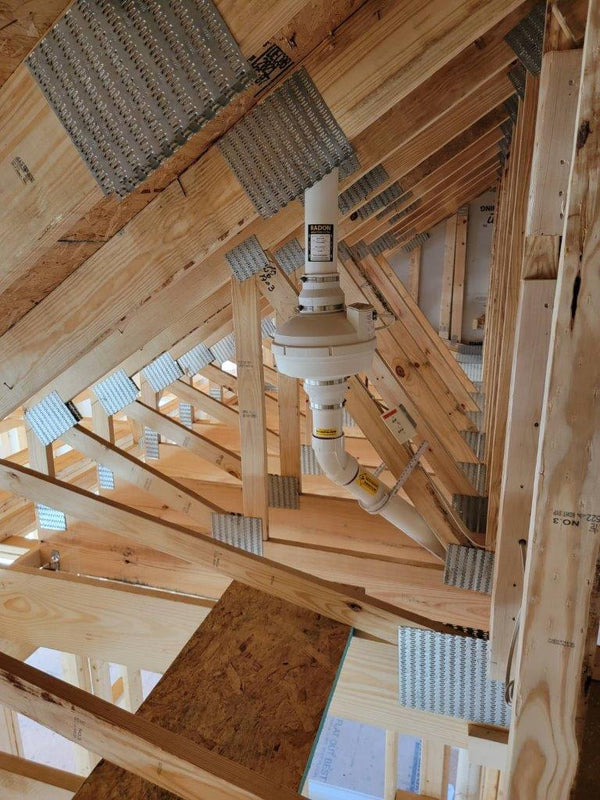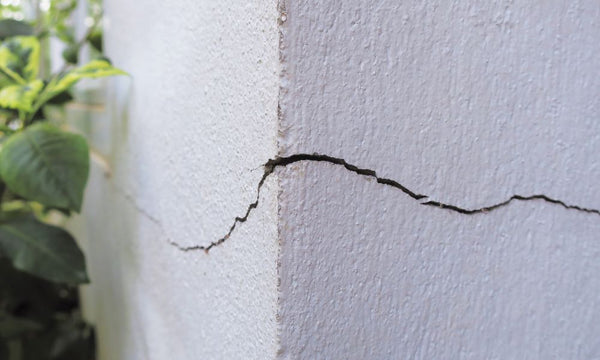
5 Signs That Your Home Has a Radon Problem
Radon testing is an easy and reliable way to determine your home’s indoor radon levels, but what warning signs should you watch for before you get to that point? How can you identify signs that your home has a radon problem that requires mitigation? Stay alert and watch out for these signs, but don’t let your concern turn into panic. Festa Radon Technologies offers a wide range of radon mitigation solutions that can improve the safety of your home.
Cracks in the Foundation
One easy way to determine if you should remain alert about radon is to look for its most common entry points. If the concrete floor of your basement is cracked or in poor condition, radon may be seeping in through those gaps.
Persistent Cough
The longer you live in a home with elevated radon levels, the more it will impact your health. Have you been living in your current home for several years without giving radon a second thought? If you develop a chronic cough that never seems to get better, or if you notice blood in your mucus, you may have a case of radon poisoning.
Chest Tightness and Pain
Years of unmitigated radon exposure will eventually damage your respiratory system. As radon particles make their way into your lungs, you may notice a tight feeling in your chest that doesn’t go away. If chest pain is causing you distress, visit your doctor or the emergency room right away—then test your home for radon when you return.
Reduction in Muscle Mass
Have you noticed that everyday tasks are more difficult than they used to be? Feelings of weakness and fatigue could point to atrophying muscles, a lesser-known side effect of long-term radon exposure. Boost your energy and improve your home’s safety by installing a high-powered fan from a radon fan manufacturer like Festa Radon Technologies.
Elevated Test Results
The most reliable way to tell if you have a radon problem in your home is to test it. Home radon test kits are easy to use; simply open the charcoal canister, leave it on a table in your basement, and walk away for a few days. If your results from the lab indicate radon levels in excess of 4.0 pCi/L, the EPA recommends that you take action by installing a mitigation system.
There are several signs that your home could have a radon problem, ranging from health concerns to damaged foundations. However, testing your home is the only surefire way to get answers. Once you know just how severe your radon problem is, you can install a mitigation system that’s up to the job.
